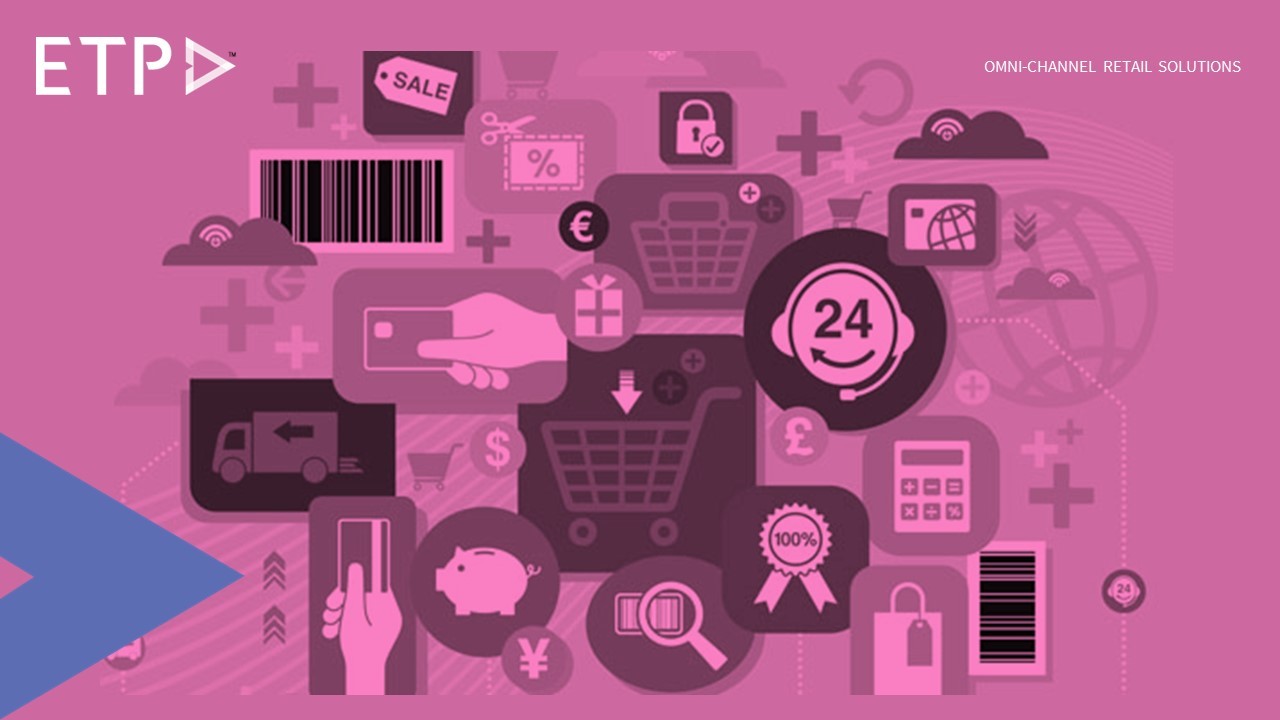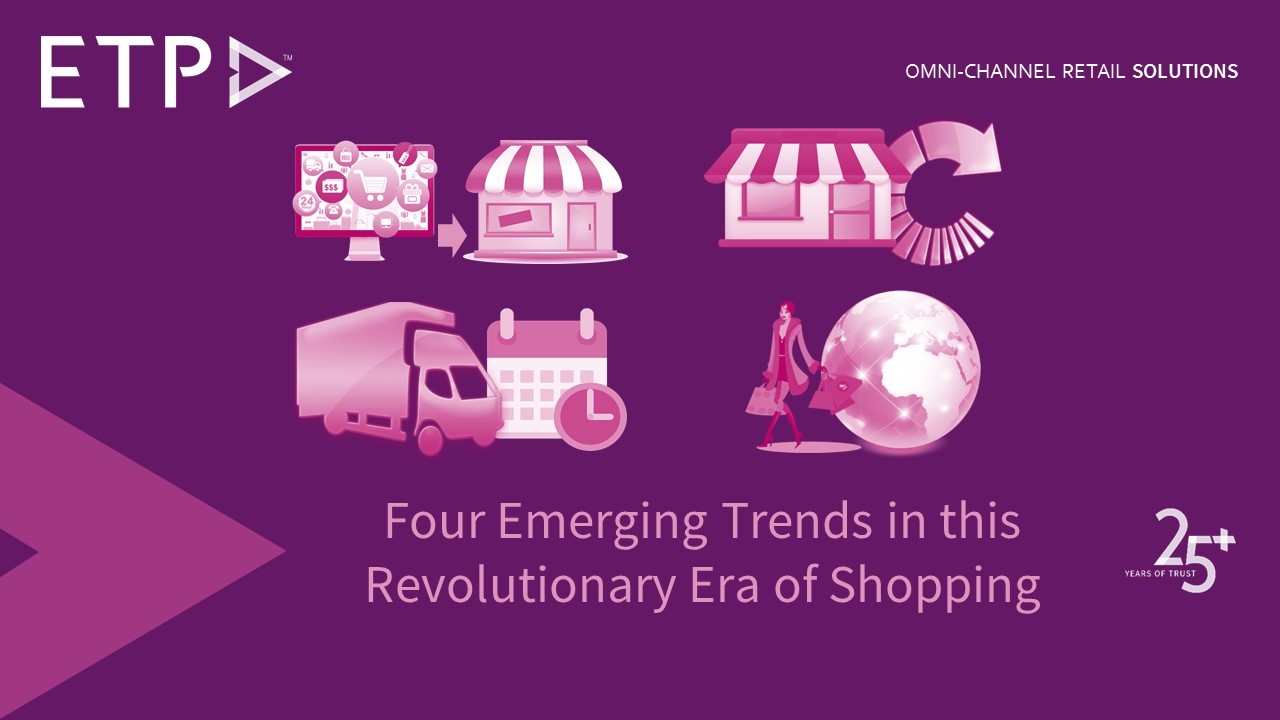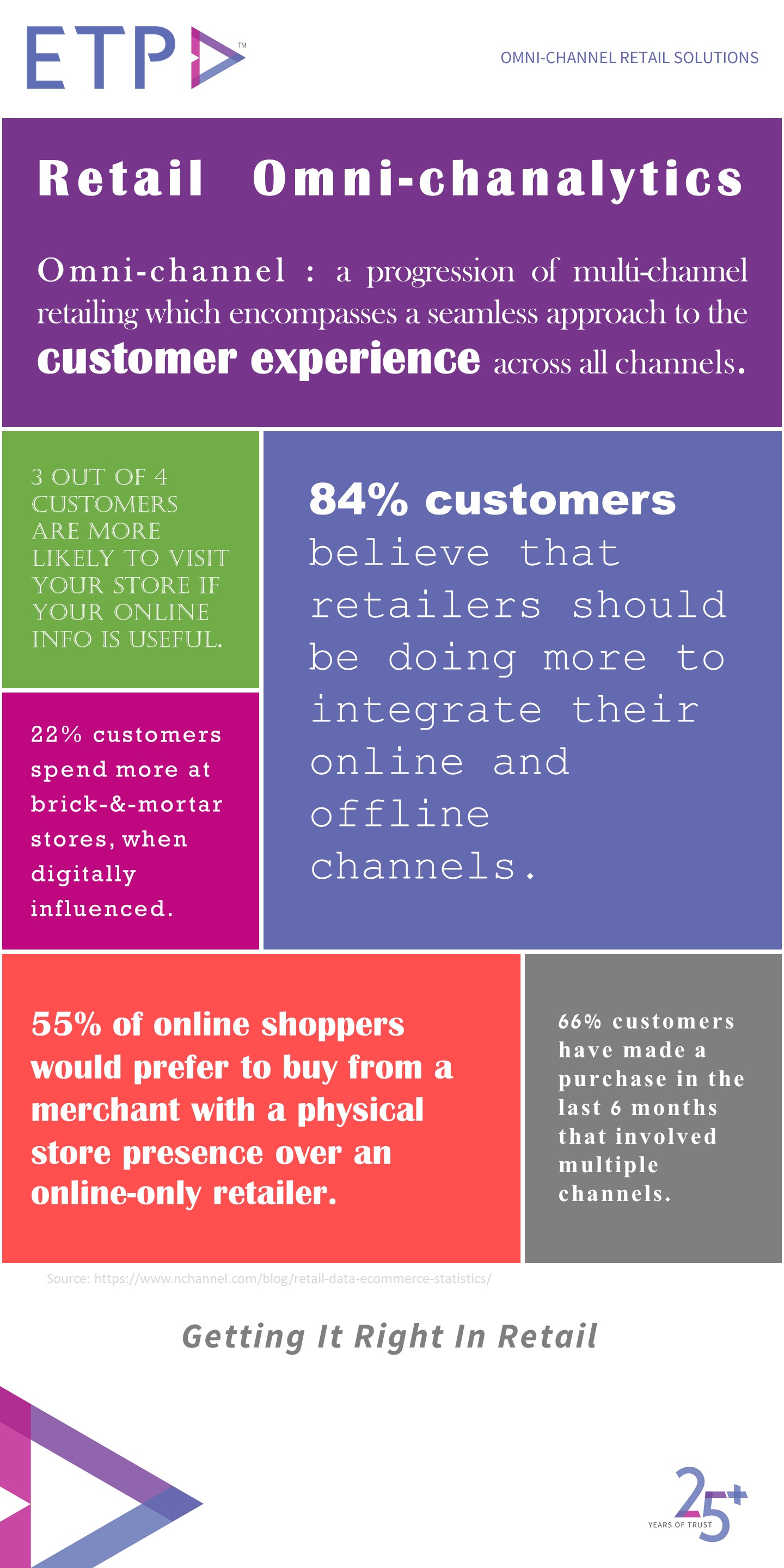
Operating an e-commerce website should not be considered as a separate and isolated business practice instead it is an extension to the retailer’s physical presence that helps drive sales and improve the bottom line. More often than not, it is the inability of retailers to understand the necessity of integrating their physical stores with their e-commerce website or marketplaces, which could cost them dearly in terms of sales, revenue, and clientele.
E-commerce websites, if implemented efficiently could help increase footfalls at the physical stores by enabling retailers to implement newer and innovative strategies such as Click and Collect, Click and Deliver among others. However, operating an e-commerce website in isolation cannibalizes their own physical stores. There’s a reason why most of the e-commerce and online market players make losses despite of clocking healthy sales. To improve the online sales, retailers often indulge in offering hefty discounts and free deliveries, without realizing that it causes the overall sales to take a hit. They should realize that to compete with marketplaces and e-commerce giants, they are not needed to have a price war with the existing players. Indulging in a price war might increase the number of visitors to the website but it also makes customers search for newer avenues where they can find the desired product at a lower price.
Retailers should rather focus on customer loyalty, inventory management, assortment planning, promotions planning and in-store shopping experience which can certainly be done by integrating the e-commerce website with the physical stores. Integrating the two helps in getting real time updates regarding customers, sales and inventory, while allowing the retailers to come up with innovative business strategies. For instance, retailers can implement click and collect that could increase the chances of cross selling and upselling along with serving the aforementioned purposes. This in turn would help retailers in improving the bottom line while being on the right path of growth that ensures sustainability and scalability.
In most cases, cannibalizing can have catastrophic repercussions on the overall performance of the business. It is better to research on the possible outcomes of having an e-commerce website along with preparing an efficient plan to integrate it with the physical stores using the right technology, such as ETP Connect. This being done, there does not exist the minutest possibility of missing out on the advantages of going omni-channel.
Also Read: Omni-Channel Technology Solutions For Your Retail Business










